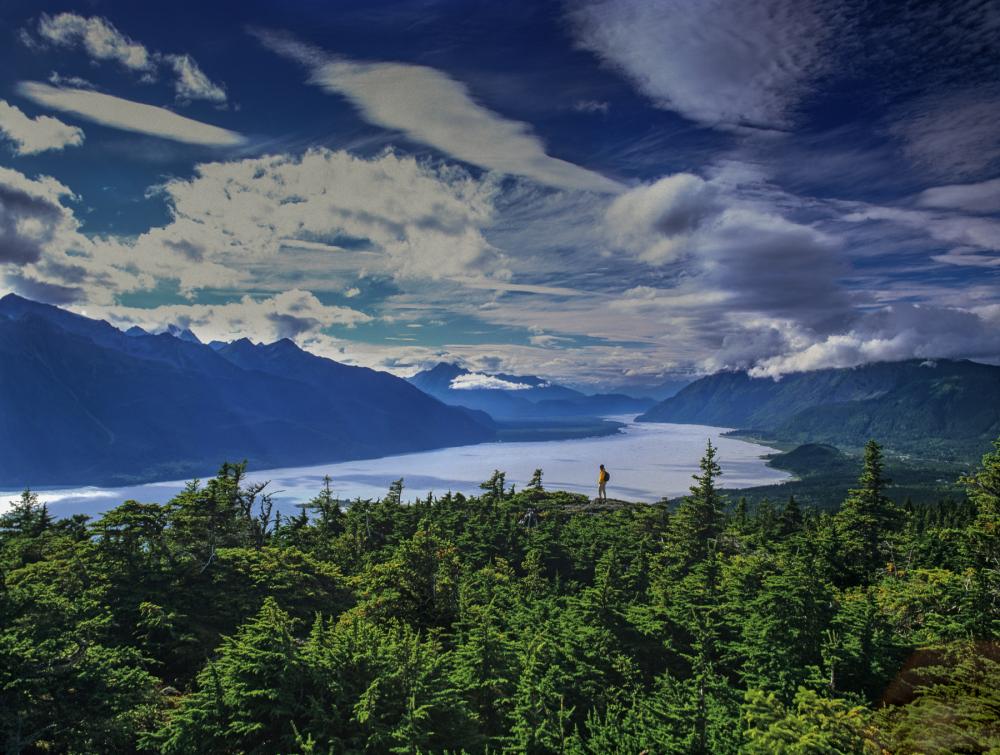‘Conserving and Restoring America The Beautiful’ Report Emphasizes Inclusive Conservation

Landscapes like Tongass National Forest can demonstrate locally-driven conservation
Howie Garber
The Wilderness Society Applauds Focus on Collaboration and Science-Based Conservation
Today, the White House released a new report, entitled Conserving and Restoring America The Beautiful, detailing key findings from the Department of Interior on achieving President Biden’s goal of conserving 30% of U.S. lands, ocean and water by 2030. This goal was established in Executive Order 14008 and is considered the ‘bare minimum’ by scientists needed to save nature and buffer against the worst impacts of climate change. This is the first national conservation goal in U.S. history.
Protecting 30% of U.S. lands, ocean and waters by 2030 is part of the solution to address three major crises: the climate crisis, inequitable access to nature, and species loss, which are affecting public health, clean air, fresh water and food supplies and quality of life nationwide.
Today’s report recognizes that this national conservation target cannot be reached without collaboration and leadership from state and local governments, landowners, Indigenous peoples, recreation groups, scientists and other community leaders. The Wilderness Society applauds this community based approach.
“Locally-driven conservation that includes all stakeholders is the only way to successfully address the challenges we face,” said Jamie Williams, President of The Wilderness Society. “This report provides national leadership on the biggest challenges we face in creating a sustainable, liveable planet, while recognizing that solutions to climate change, conservation and access to nature must come from the ground up and be driven at the local level.”
Restoring and Conserving America The Beautiful underscores the need for a broad range of conservation tactics in achieving the national conservation goal via six focus areas, emphasizing the importance of urban parks, fish and wildlife habitat, Farm Bill conservation programs, outdoor recreation and access, restoration and resilience and tribally-led conservation.
In addition to emphasizing collaboration and locally-led conservation for the benefit of all, the administration committed to pursuing approaches to conservation that create jobs, honor private property rights and use science as a guide. The Wilderness Society looks to landscapes such as the Arctic Refuge, Boundary Waters Canoe Area Wilderness and Tongass National Forest as examples of locally-driven conservation in action that supports long-term protection of nature and builds resilient communities.
CONTACT:
Jen Parravani, The Wilderness Society
jparravani@tws.org
(202) 601-1931
